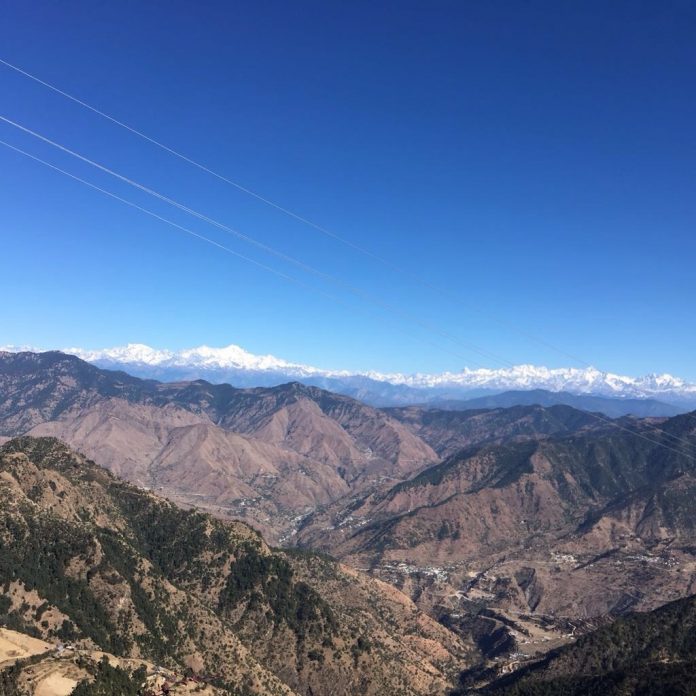If you study the different facets of the threat to India, you will find that the most serious of these is the threat from China. It extends from through the whole spread of the Himalaya from Ladakh to the north to Arunachal in the east. The Himalayan peaks were till now, considered impregnable due to eternal snow. This central sector of Uttarakhand consists of two main divisions: namely Garhwal and Kumaon.
Uttarakhand`s location has a very intense strategic significance for India. It shares its border with Tibet in the north; 80 kilometer porus border with Nepal to the east, and 350 Km border with China .
However over the past fifty years or so, India has been facing intrusions or diplomatic confrontations from China. Take for instance the Indo–Nepal: the 35 sq km Kalapani area near Pithoragarh is a disputed area between India and Nepal and is under the control of the ITBP. Beyond Kalapani there is no border demarcation right up to the Chinese border. China continues to making belligerent statements, that if India can intervene in Doklum in the Bhutanese territory , then so can China in Kalapani or even Kashmir. This statement was made by Chinese foreign ministry official Deputy Director Wang Wenli in the middle of 2017
A number of Chinese helicopter intrusions in Gauchar; in Barahauti in Chamoli and intrusion by Chinese border patrols continue to threaten Indian shepherder. Meanwhile, the Chinese have increased their fighter aircraft activities in the region operating from Tibet based airfields. They have been operating their modern fighter J-10 and J-11 fleet including the newly developed stealth capable J- 20.
With this in mind, the Government of India has asked the IAF to operate Su-30s from Jolly Grant in Dehradun in Feb 2018. This is probably an evaluation exercise about the viability of operating fighter Jets from the existing infrastructure. Yet the message is loud and clear. India is seriously looking into fighter and logistic support aircraft operation from the various locations within Uttarakhand to put up with any threat in the coming future.
To meet these defence requirements, India will have to launch perhaps one of the largest Military development projects till date. We will need new runways, helipads and advanced landing grounds. The infrastructure so developed will have to be jointly catering to the requirement of both Army and the Air Force admin and fighting infrastructure, like the Missile locations, Tactical Radar and surveillance units , health and Medical infrastructure. The whole project could come up as Himalayan Theatre Command.
The three districts of Uttarakhand facing the Chinese are Uttarkashi, Chamoli and Pithoragarh, China not surprisingly considers these three the most vulnerable not only due to poor infrastructure along the border, but also because of a large scale of migration. This combination of poor administration and military infrastructure translates into a very weak second line of defense, coupled with scarce population.
Which makes us seriously think about revamping our policies regarding building Defense and cantonment infrastructure in such areas.
One look at the military infrastructural development of India in the last 200 years shows how even in the remotest of national territory, an introduction of a military cantonment brought about not only a solution to military requirement but a socio-economic change as well.
A cantonment, is primarily made to create a self sustaining infrastructure designed to meet national security objectives by maintaining, training and housing fighting infrastructure, troops and weapon systems, but it also brings with it economic progress, society development, jobs opportunities for civil population and development along with network of roads, railway station, bridges, small scale industries, hospitals, schools and colleges, along with a healthy environmental development system.
Existing cantonments in the State like Dehradun, Pithoragarh, Chakrata and Landsdowne to name a few were built by the British keeping housing and training requirements of the regiments and the recruiting centers in mind.
If Chinese consider Uttarakhand vulnerable due to lack of military supporting infrastructure then one has to look into this policy of development of Military Cantonments in strategically located spots, better now than later.

























































